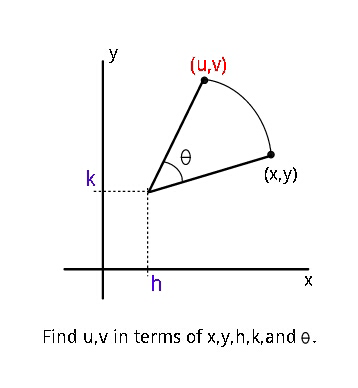
AllQuestion and Answers: Page 1839
Question Number 26274 Answers: 0 Comments: 2
Question Number 26270 Answers: 0 Comments: 1
Question Number 26269 Answers: 1 Comments: 0
$${if}\:{x}^{{x}} =\mathrm{2}\:{what}\:{is}\:{the}\:{value}\:{of}\:{x}? \\ $$
Question Number 26264 Answers: 1 Comments: 0
$$\frac{\mathrm{x}}{\mathrm{3}}+\mathrm{2x}=\mathrm{14} \\ $$
Question Number 26262 Answers: 1 Comments: 0
Question Number 26256 Answers: 1 Comments: 1

Question Number 26255 Answers: 0 Comments: 1
Question Number 26250 Answers: 1 Comments: 0
Question Number 26249 Answers: 0 Comments: 1
Question Number 26248 Answers: 0 Comments: 0
Question Number 26246 Answers: 0 Comments: 0
Question Number 26244 Answers: 0 Comments: 1
Question Number 26243 Answers: 0 Comments: 1
Question Number 26242 Answers: 0 Comments: 1
Question Number 26241 Answers: 0 Comments: 2
$$\int\sqrt{\mathrm{sin}\:\theta}{d}\theta \\ $$$${integration}\:?? \\ $$$${solve}\:{quickly} \\ $$
Question Number 26240 Answers: 1 Comments: 1
Question Number 26237 Answers: 1 Comments: 1

Question Number 26235 Answers: 1 Comments: 0
$${Find}\:{the}\:{real}\:{root}\:{of} \\ $$$$\:{x}^{\mathrm{2}} +\frac{\mathrm{1}}{{x}}={c}\:. \\ $$
Question Number 26229 Answers: 1 Comments: 1
Question Number 26228 Answers: 0 Comments: 1
Question Number 26227 Answers: 1 Comments: 0
Question Number 26222 Answers: 0 Comments: 2
Question Number 26224 Answers: 1 Comments: 1
Question Number 26218 Answers: 0 Comments: 2
$$\underset{\mathrm{2}} {\overset{\mathrm{4}} {\int}}\mathrm{sin}\theta\:{d}\theta \\ $$
Question Number 26207 Answers: 1 Comments: 0
Question Number 26205 Answers: 1 Comments: 1

Pg 1834 Pg 1835 Pg 1836 Pg 1837 Pg 1838 Pg 1839 Pg 1840 Pg 1841 Pg 1842 Pg 1843
